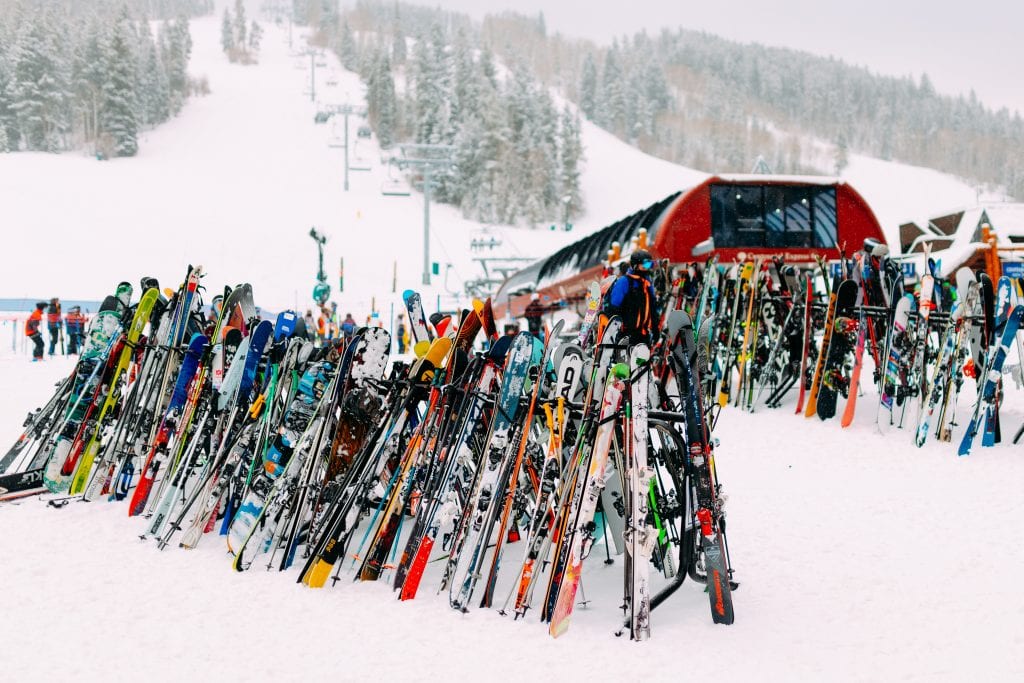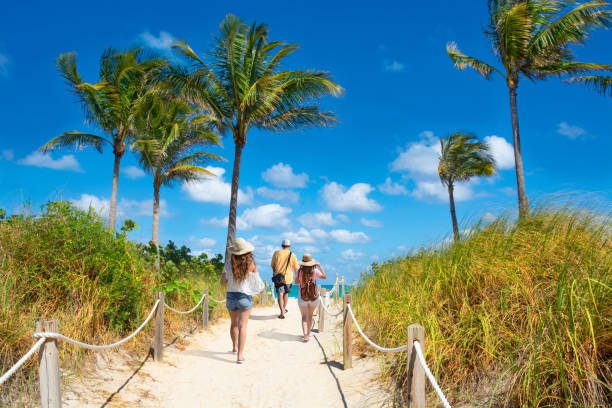Millions of Colorado residents spend each winter weekend braving the traffic and the weather for a few hours on the treasured slopes of ski country. It takes time, money, and tons of energy. If you’re new to Colorado or new to the sport, you’re probably wondering: what’s all the hype about?
Skiing and snowboarding can be an incredibly rewarding sport to learn and get better at. Being a Colorado resident, likely here for the snow and fresh mountain air, it’s one of the best ways to enjoy all that our majestic peaks have to offer. To get you started, Corken + Company brings you a first-timer’s guide to skiing and snowboarding from 5280 Magazine.
Step 1: Pick Your Sport!
Skiing or snowboarding? It’s a tough question as both are popular and fun. It seems that depending who you ask one is more fun and/or easier to learn than the other. At the end of the day however, it’s up to the individual. Both sports have their perks and challenges.
Skiing might come more naturally to most at first, simply because it allows you to use each leg autonomously like we do when we walk, run or play other sports. That being said, if you have experience with sports similar to snowboarding such as skateboarding or surfing, snowboarding might be the way to go. Both will require patience and commitment.
Step 2: Gear up!
Skiing and snowboarding is expensive, but spending money on the right gear will help ensure your time on the slopes is as safe and enjoyable as possible. You’ll need layers (waterproof ones). You’ll need a helmet, gloves or mittens, and appropriate outerwear. Finally, you’ll need equipment.
As a beginner, it might be best to rent for a while. Make sure you enjoy the sport and try out a few different brands before you make such a large investment. Just like shopping for homes: an informed buyer is a happy buyer.
Step 3: Ride the Learning Curve
We highly recommend taking a lesson. Taking it with a larger group or as a series that spans a good portion of the season will accelerate the learning process. Trying to self-teach can become overwhelming and discouraging. If you have a few comrades along for the journey and stick to a schedule that gets you on out on the slopes even when motivation is low, you are sure to overcome the hurdles that will no doubt arise in the process.
Learning from a professional will also ensure you develop good habits and technique, to continue getting better at the sport long after the class has ended. Most resorts offer some type of training or lessons that are often supplemented with deals on rental equipment and day or season passes.
Step 4: Pick A Pass
Which brings us to your next big decision in determining the type of ski season you’ll have: what pass to get? Your two main multi-mountain season options in Colorado are the Ikon or Epic pass. Each include access to different mountains and each vary in cost. Do your research on both before making a decision.
Of course, you can always start with purchasing day passes, but this becomes costly if you plan to go even just a few days. Typically, five or six day-passes will equate to a season pass at the same resort. You can also purchase a pass for a particular resort but this limits where you can go and might limit who you can go with. Find out what passes friends and family are purchasing because this may help guide your own decision. It’s always great to have a few buddies on the slopes. Between chairlift rides and après happy hour, skiing and snowboarding can be just as social as it is athletic.
Pro Tip: The earlier you buy a season pass, the cheaper it will be. As one season ends, the next season’s passes go on sale and are the cheapest they will be. As November nears, pass prices increase incrementally.
Step 5: Hit the slopes!
Get out there and enjoy! Be patient with the learning process, take breaks, and maybe even reward yourself with a cookie or cocktail at the end of a day well spent.
A couple extra pro-tips…
-Always wear a helmet.
-For breaks, stop in a safe place; usually on the side of the run near the trees and above (not below) any dips or hills. You don’t want to cause a collision by standing somewhere unseen from above.
-Don’t ski in jeans. If the odd glances don’t get to you, the chaffing will!
-Avoid a “Gaper Gap” or “Goggle Gap.” This refers to the situation when a large chunk of your forehead is exposed between your helmet and goggles.
-Have fun! Even when you take a tumble! It’s about getting back up with a smile on your face and trying again!
If you are planning a move to Colorado or closer to the mountains, let Corken + Company be your guide to getting there and settling into your new lifestyle. Offering solutions without limits, we are your resource for real estate and beyond!
Picture credit: Sweet Like Pie Photography (katiebaechler.com)





